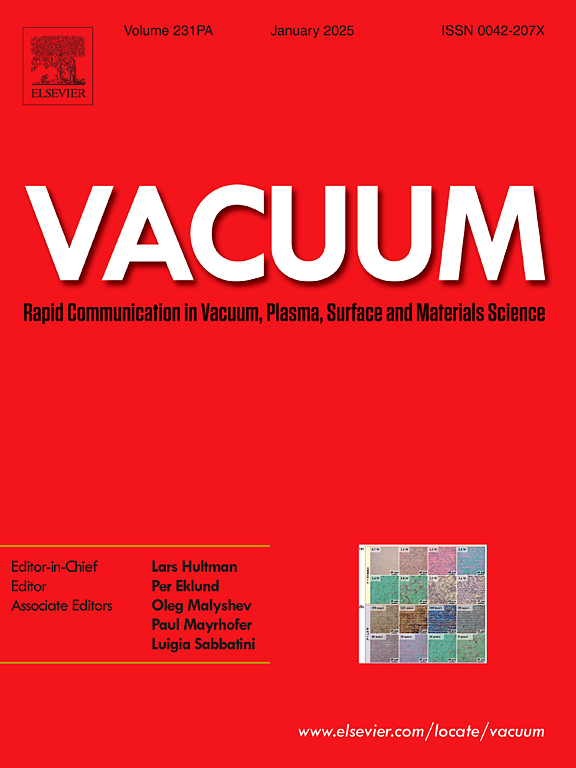The influence of synergistic effect on the mechanical and tribological properties of SiC/7055Al composites reinforced with carbon nanotubes
IF 3.8
2区 材料科学
Q2 MATERIALS SCIENCE, MULTIDISCIPLINARY
引用次数: 0
Abstract
SiC/7055Al composites with enhanced interface bonding were successfully fabricated by incorporating carbon nanotubes (CNT) through the powder metallurgy method. SiC particles are distributed within the grain boundaries and form a network structure, while CNTs are situated at the interface between the SiC particles and the matrix alloy. The network structure of SiC in the composites effectively enhances the load-bearing capacity. The incorporation of CNTs with a high aspect ratio plays a crucial role in inhibiting both the initiation and propagation of cracks, while also minimizing the spalling of SiC particles during the friction processes. The synergistic effect significantly enhanced the mechanical properties and tribological properties of the composites. The composite containing 5 % SiC and 0.05 % CNT demonstrates the optimal tribological properties, and the wear mechanism is mild abrasive wear and fatigue wear, whereas other composites exhibit fatigue wear.
协同效应对碳纳米管增强SiC/7055Al复合材料力学和摩擦学性能的影响
采用粉末冶金方法,在SiC/7055Al复合材料中加入碳纳米管(CNT),制备出界面键合增强的SiC/7055Al复合材料。SiC颗粒分布在晶界内,形成网状结构,而CNTs位于SiC颗粒与基体合金的界面处。碳化硅的网状结构有效地提高了复合材料的承载能力。高展弦比CNTs的掺入对抑制裂纹的萌生和扩展起着至关重要的作用,同时也最大限度地减少了SiC颗粒在摩擦过程中的剥落。协同效应显著提高了复合材料的力学性能和摩擦学性能。含5%碳化硅和0.05%碳纳米管的复合材料摩擦学性能最佳,磨损机制为轻度磨粒磨损和疲劳磨损,而其他复合材料则表现为疲劳磨损。
本文章由计算机程序翻译,如有差异,请以英文原文为准。
求助全文
约1分钟内获得全文
求助全文
来源期刊

Vacuum
工程技术-材料科学:综合
CiteScore
6.80
自引率
17.50%
发文量
0
审稿时长
34 days
期刊介绍:
Vacuum is an international rapid publications journal with a focus on short communication. All papers are peer-reviewed, with the review process for short communication geared towards very fast turnaround times. The journal also published full research papers, thematic issues and selected papers from leading conferences.
A report in Vacuum should represent a major advance in an area that involves a controlled environment at pressures of one atmosphere or below.
The scope of the journal includes:
1. Vacuum; original developments in vacuum pumping and instrumentation, vacuum measurement, vacuum gas dynamics, gas-surface interactions, surface treatment for UHV applications and low outgassing, vacuum melting, sintering, and vacuum metrology. Technology and solutions for large-scale facilities (e.g., particle accelerators and fusion devices). New instrumentation ( e.g., detectors and electron microscopes).
2. Plasma science; advances in PVD, CVD, plasma-assisted CVD, ion sources, deposition processes and analysis.
3. Surface science; surface engineering, surface chemistry, surface analysis, crystal growth, ion-surface interactions and etching, nanometer-scale processing, surface modification.
4. Materials science; novel functional or structural materials. Metals, ceramics, and polymers. Experiments, simulations, and modelling for understanding structure-property relationships. Thin films and coatings. Nanostructures and ion implantation.
 求助内容:
求助内容: 应助结果提醒方式:
应助结果提醒方式:


